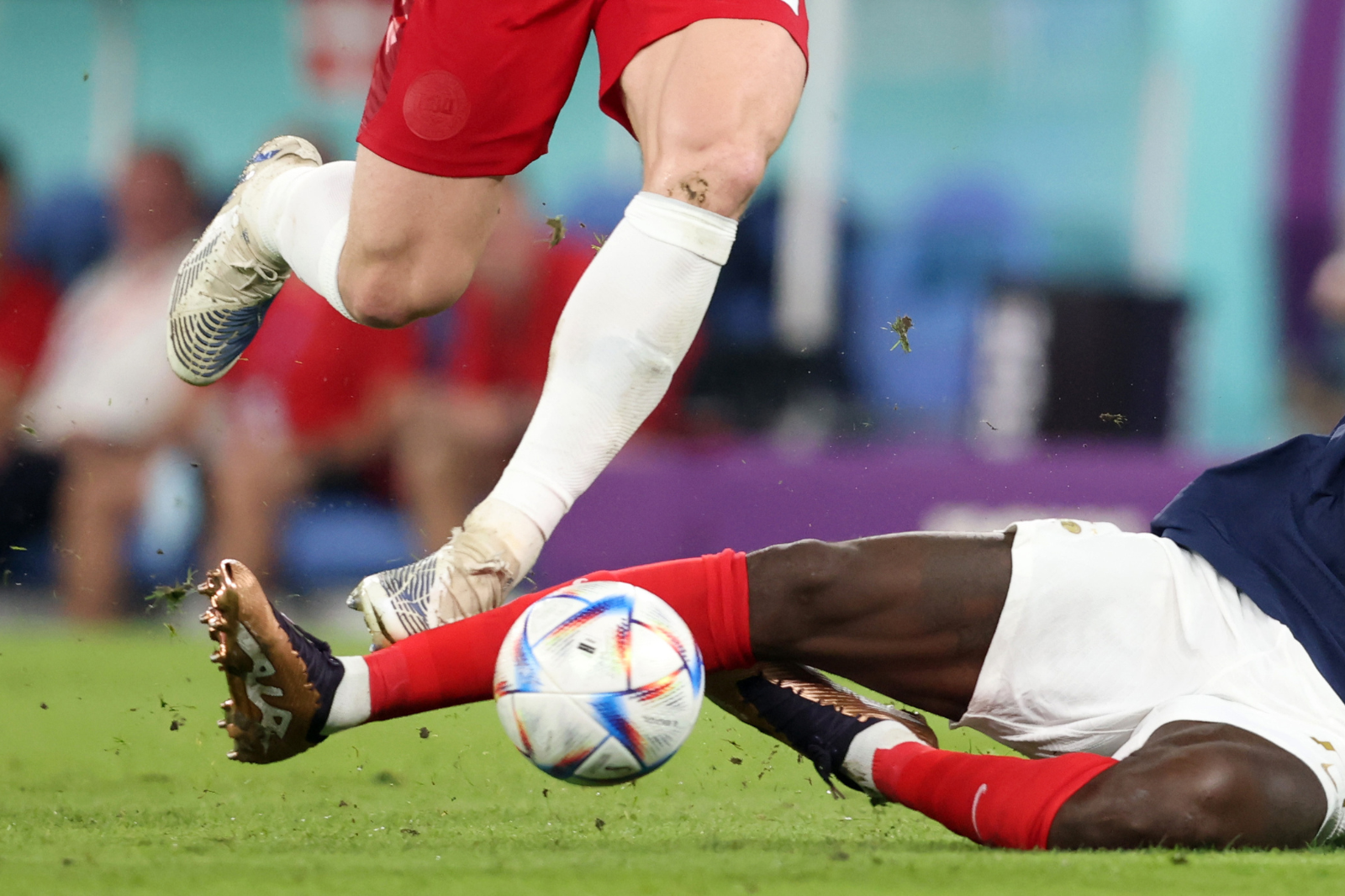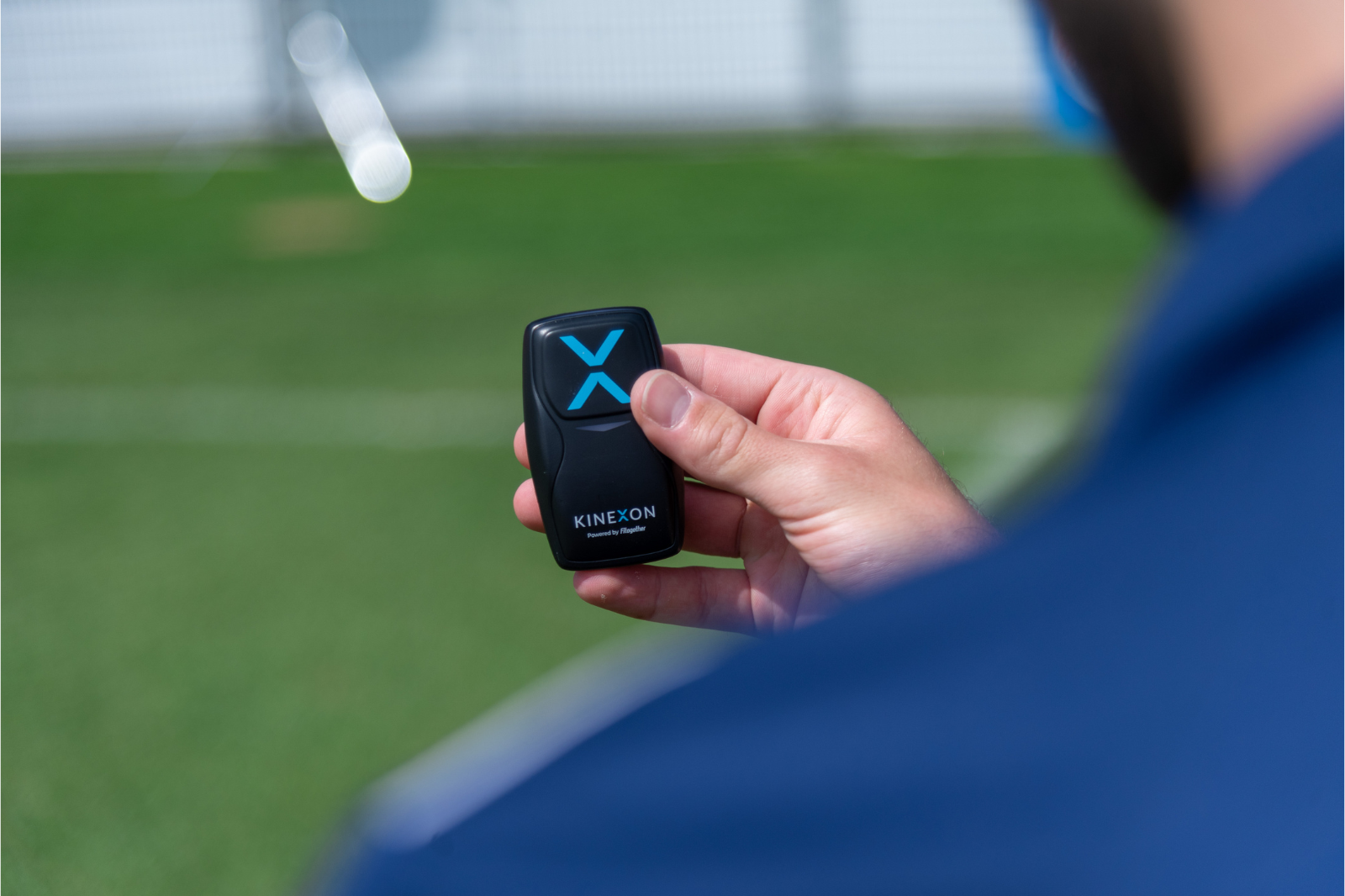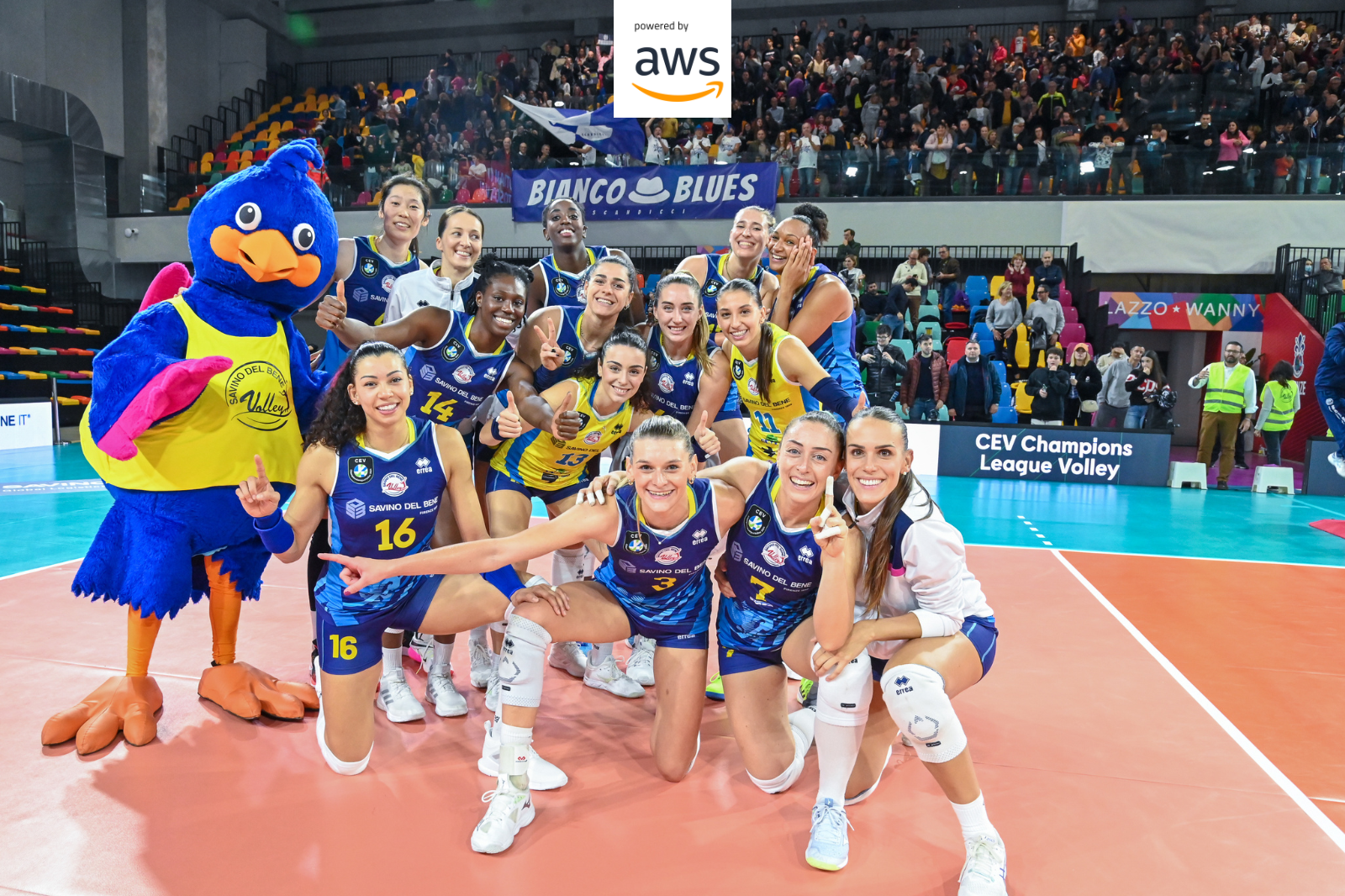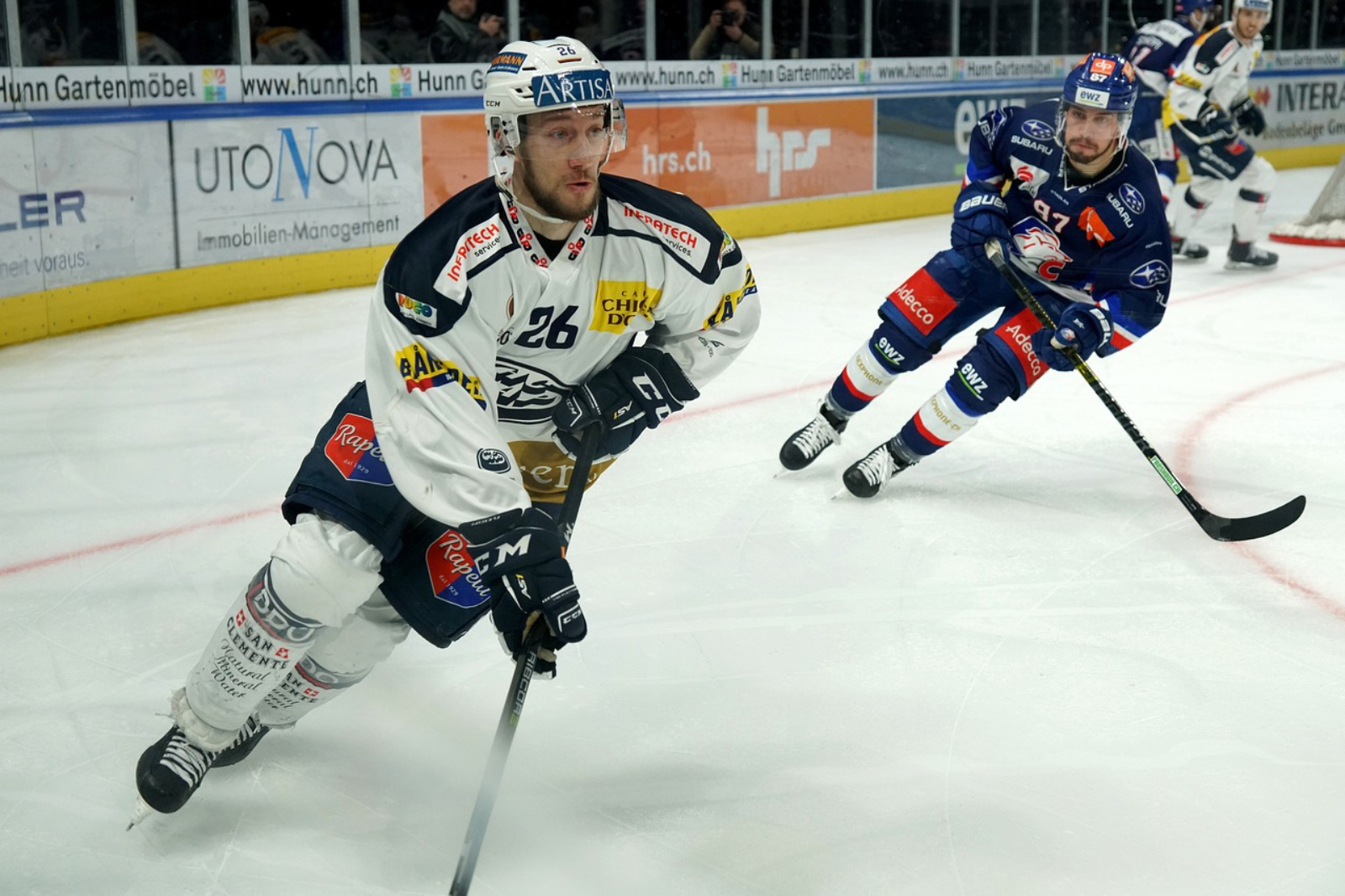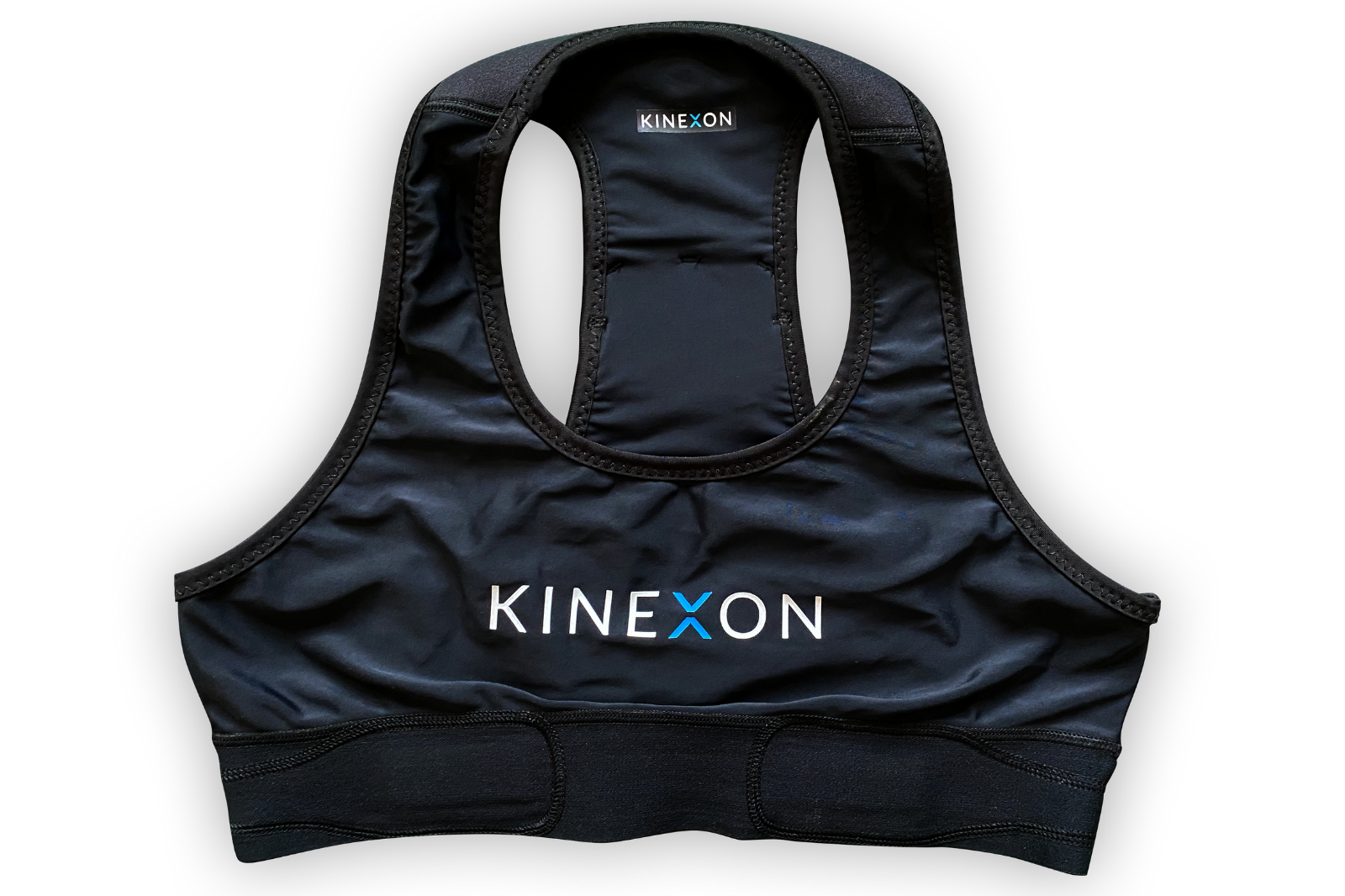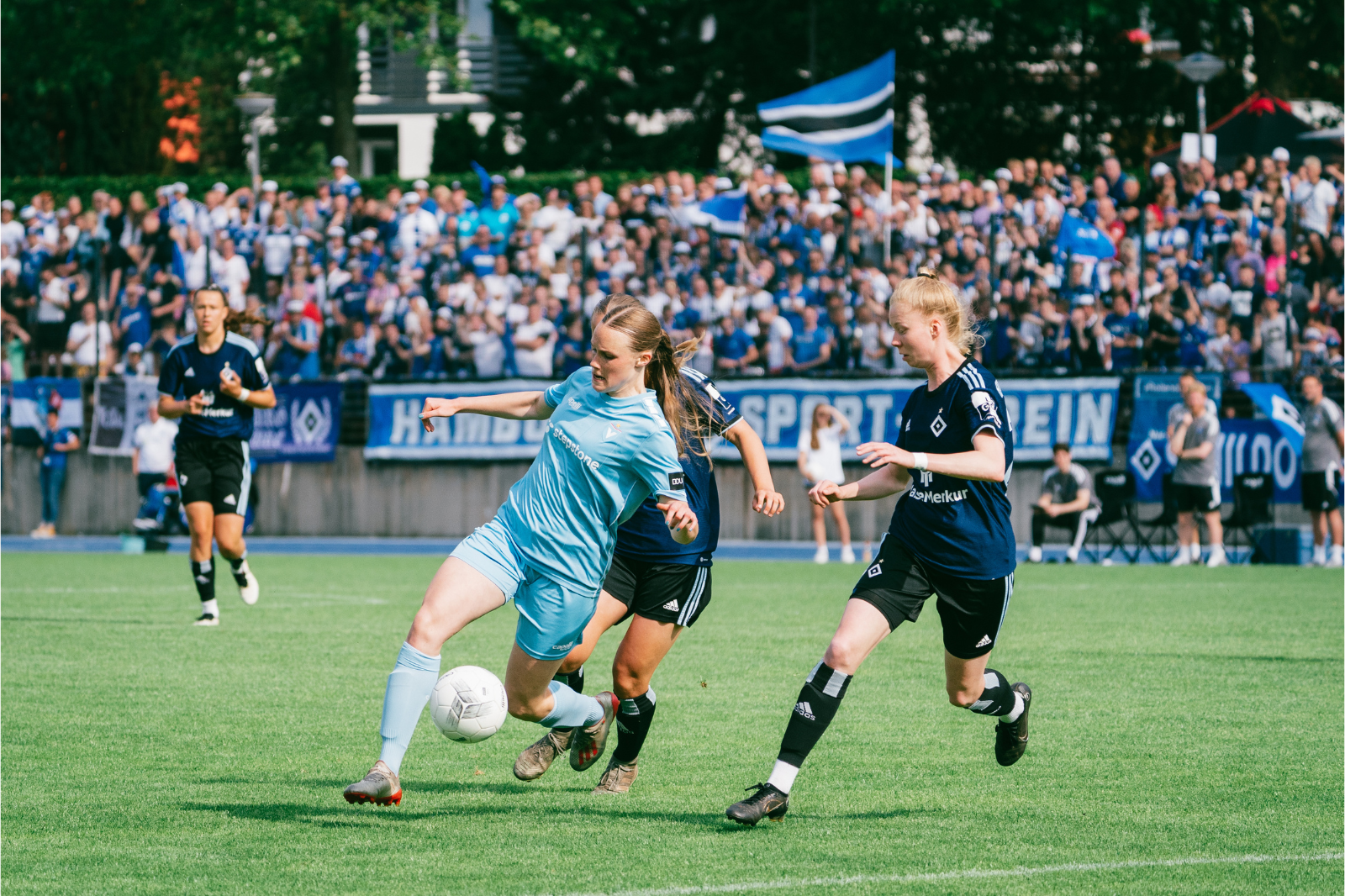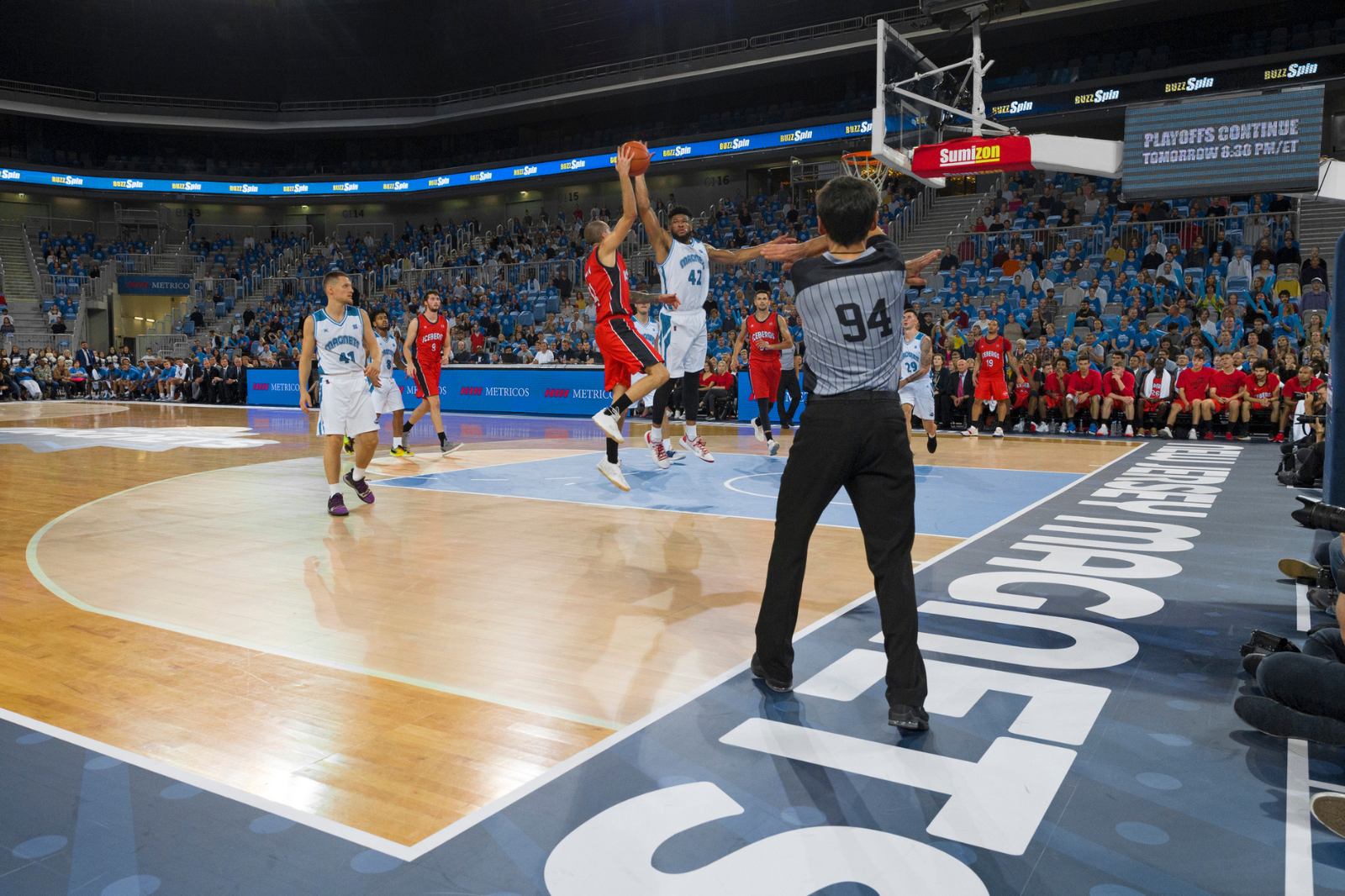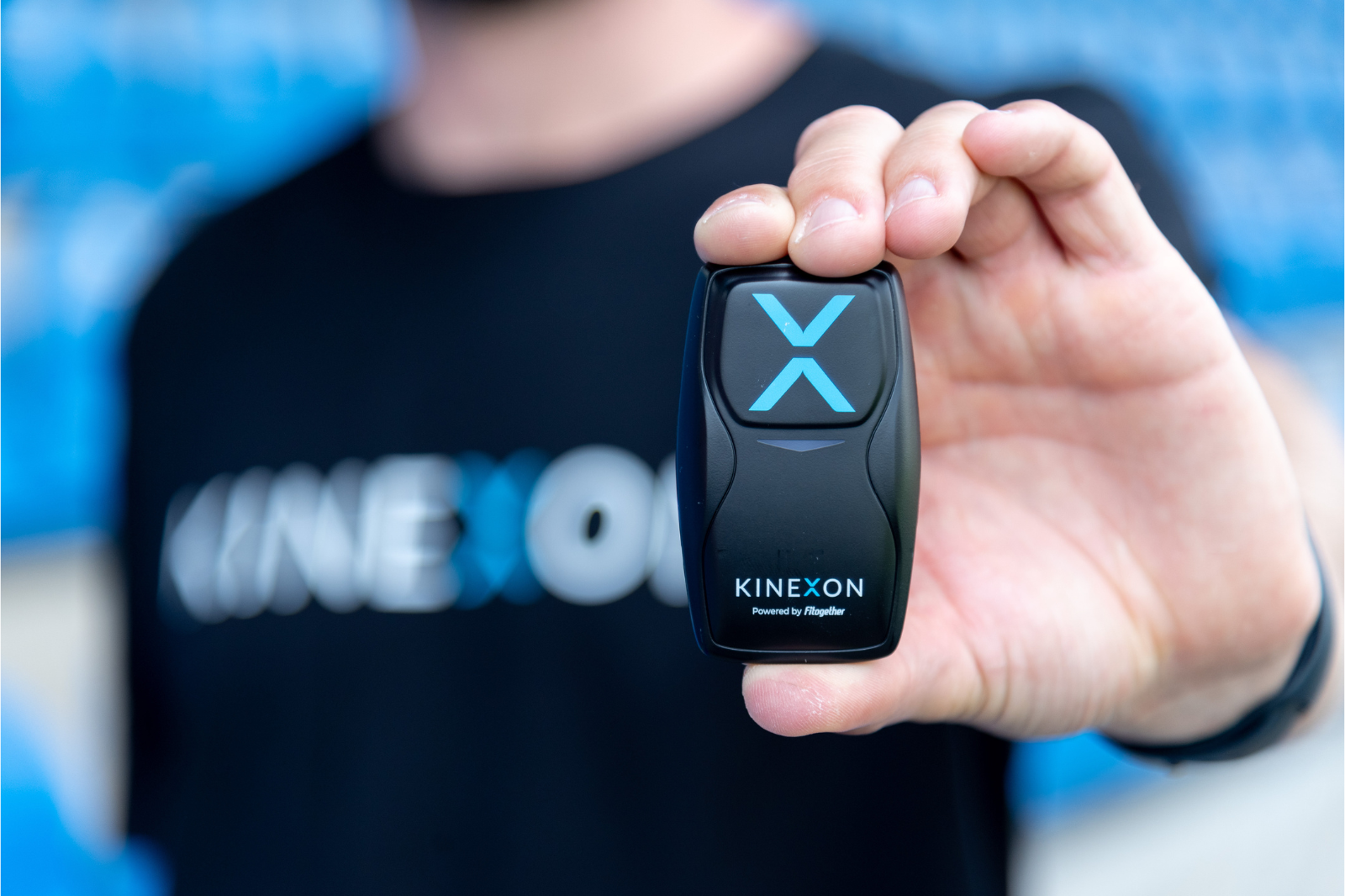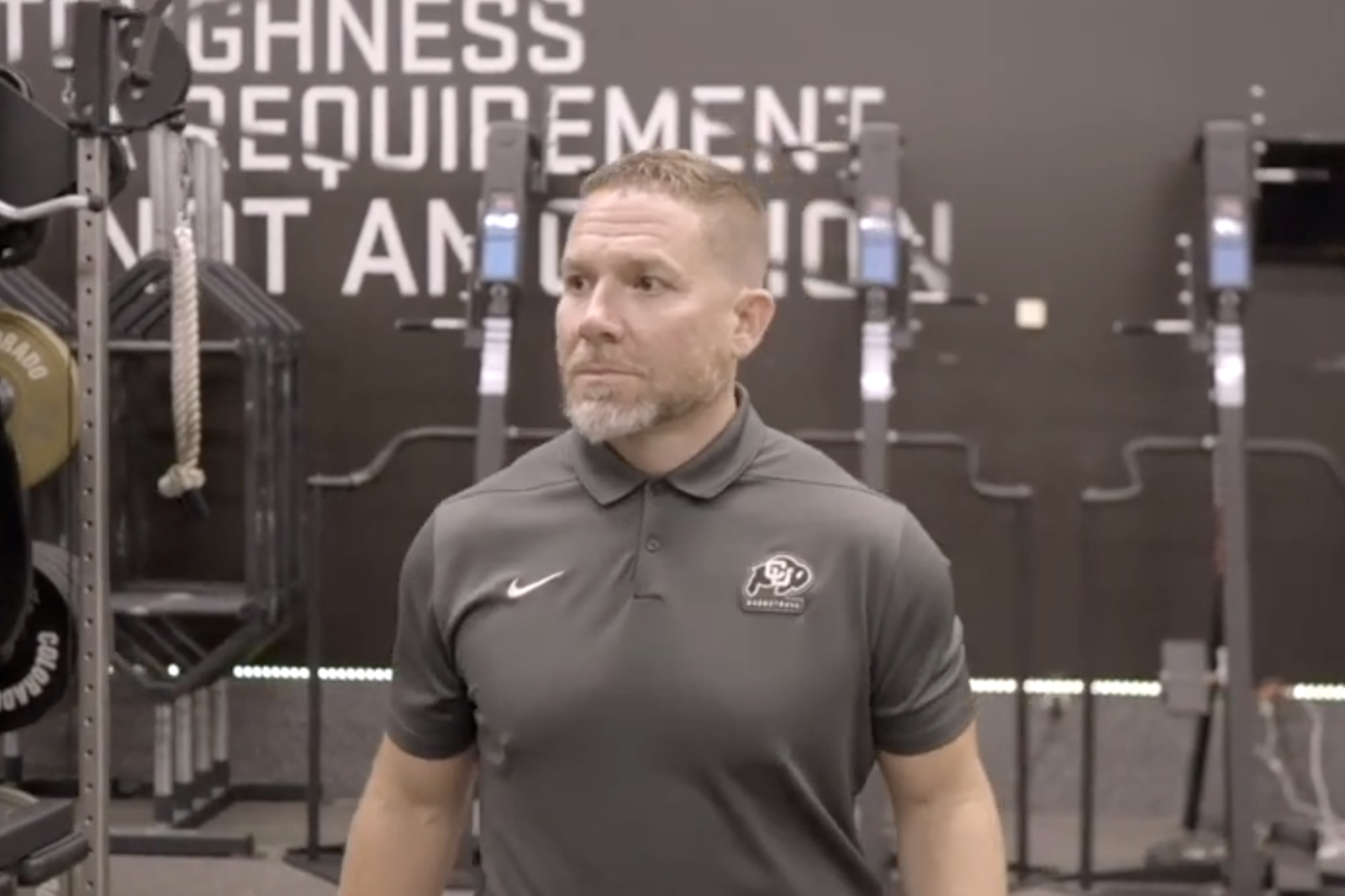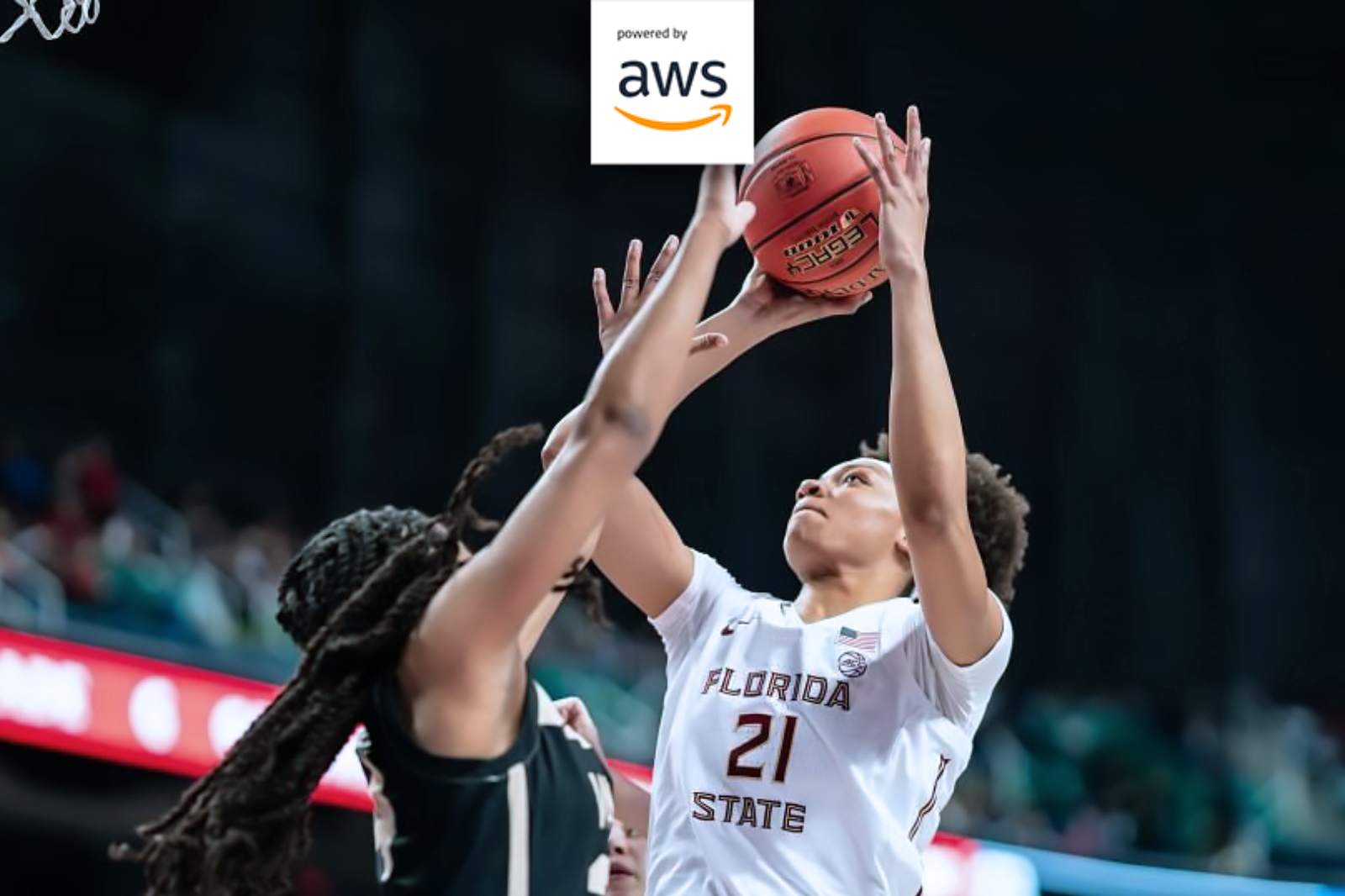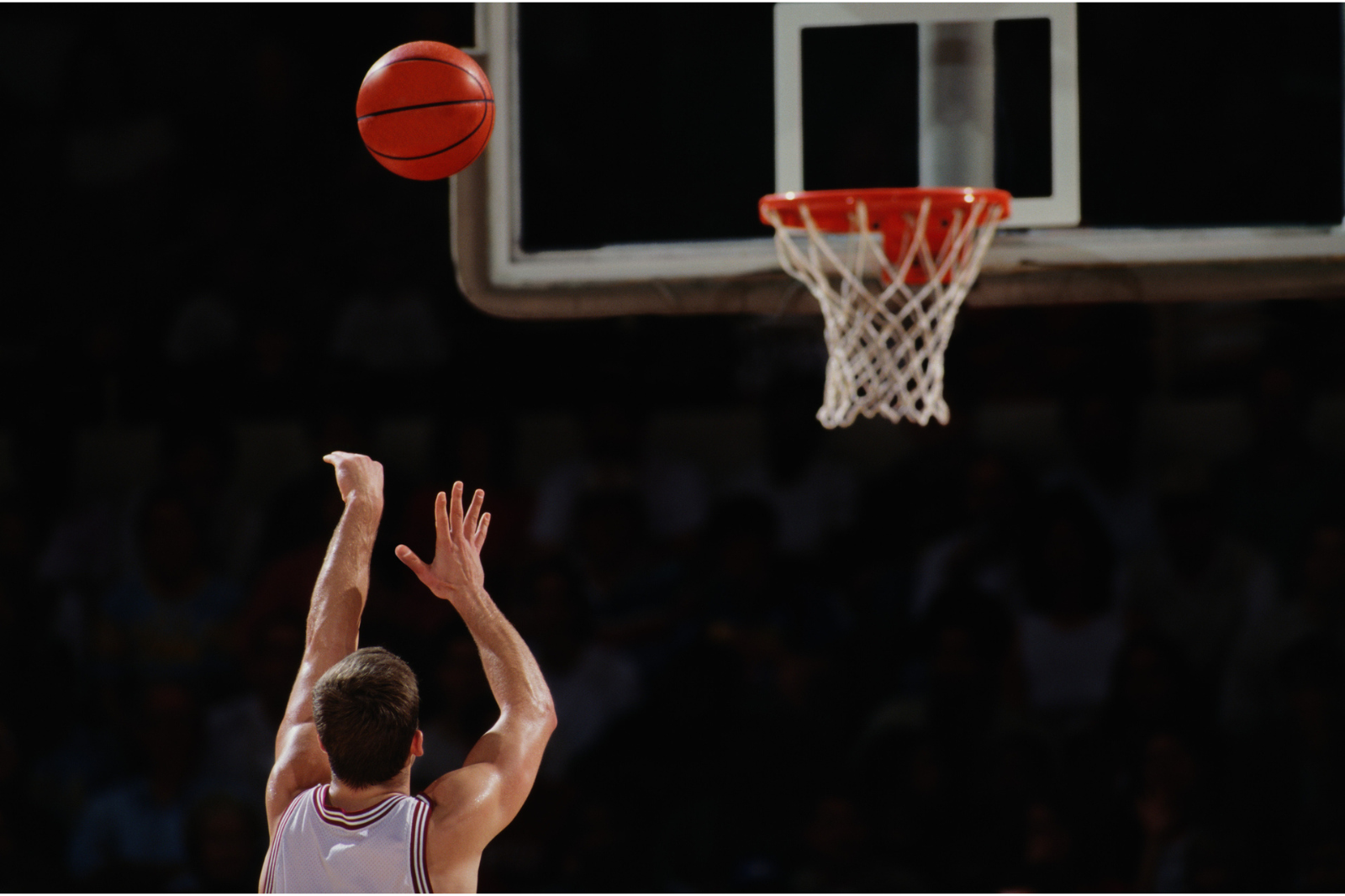UWB Instead of Mobile Apps: This Is Why Companies Have One Big Advantage Over Governments
Martin Lawitzky is the Head of Product Management at KINEXON. With his team, he was deeply involved in the development of KINEXON SafeZone. His comparison of different technologies shows that when it comes to tech-based protection against infections, companies have an option that the public sector does not.
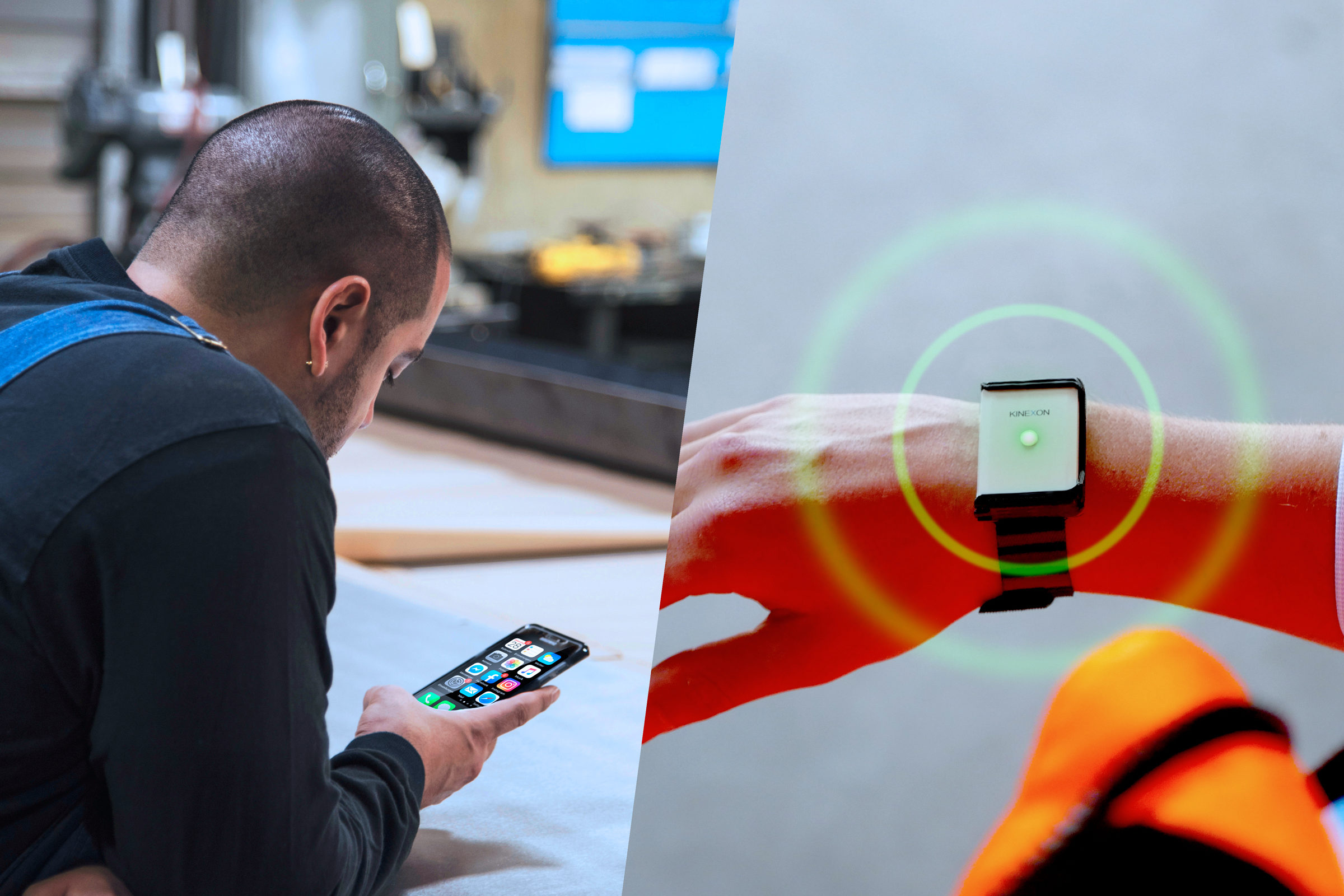
In the fight against COVID-19, the time has come for long-term solutions that are highly efficient. Signs and adhesive tape to avoid critical contact with others can no longer be categorized as sufficient protective measures.
The observance of distance regulations and the tracing of infection chains (“exposure management”) must be solved digitally. That’s why countries all over the world are currently working on apps to trace chains of infection.
The two questions that are being discussed on all levels at the moment:
- How can we regulate the proposed physical distance — and thus reduce infection risks?
- How can critical contacts involving those infected with COVID-19 be identified quickly and unambiguously?
While governments around the world are collaborating with Apple and Google for apps that can provide digital answers to both questions, companies have a decisive advantage that most of them are not aware of:
Companies can create areas that offer a level of security that no other non-private areas can — a “safe zone” so to speak. The reason for this is that companies are able to rely on a technology that can only be implemented in limited areas. A nationwide deployment would not be possible for logistical reasons. I’m talking about the use of ultra-wideband technology.
With KINEXON SafeZone, we have developed and launched a UWB-based wearable, which offers companies of all kinds a concrete answer to these questions mentioned above.
People wear small, 15 g light so-called “SafeTags”, which immediately alert as soon as the distance to another person is too close. If there is a case of infection, an optional software extension allows companies to trace back the contact chain of the infected person (“contact tracing”) — 100 % compliant with data protection.
See in this video how precisely KINEXON SafeZone works:
Tracing Apps lack data protection, commitment and acceptance
Exposure management is what governments — and companies, too — want to realize with a mobile app (“tracing app”). However, the search for a reliable solution is complicated by two challenges:
- Data protection: Users (naturally) want to be sure that they cannot be tracked
- Reliability: Contacts must be unambiguous and precisely identified
Even if such an app overcomes these challenges, it must be installed by every single person. In Singapore, where such an app is already in use, only about 20% of the population did so. The chance to really recognize a contact via smartphone drops to only 4%! It is safe to assume that the number of employees in a company choosing to install an app would be around the same number.
What speaks for the app, speaks against it
It is obvious that governments think of mobile apps when they are looking for a digital solution. Nearly every citizen owns a smartphone. An app can be installed quickly and free of charge. Open source creates the confidence that confidential data is handled cleanly. The infrastructure for deployment is also excellent.
Even in companies where every employee already has a smartphone and is allowed to use it frequently at work (“Bring your own device”), still poses a challenge. This is precisely where one major weakness lies: private devices are private. They should remain private. A comparison of the available potential technologies for a distance warning and contact tracing solution shows that they all have significant weaknesses in overcoming the challenges of data protection and reliability:
Bluetooth is not reliable enough
Most of the app solutions that are currently being discussed are based on contact tracing via Bluetooth, as this is integrated in every smartphone anyway. As the inventors Jaap Haartsen and Sven Mattisson themselves point out, Bluetooth is not accurate enough. Deviations of up to 10 meters are possible due to attenuation or deflection of the radio waves by the surroundings.
Another problem is the dependence on operating systems: Apple’s iOS doesn’t allow Bluetooth to be used in the background, and in some Android versions Bluetooth is only usable when GPS is turned on and location data is being transmitted to Google. This is exactly what users refuse. Last but not least, parallel Bluetooth connections affect the contact stability of such an app.
GPS works (conditionally) only outdoors
GPS determines distances between people and contacts. However, the signal exchange with satellites requires users to be outside. Even if they are outside, surrounding tall buildings can distract the signal in such a way that inaccuracies of up to 100 meters can result. Plus, on average we spend more than 75% of our waking hours indoors.
WLAN works indoors, but eats battery and network
The alternative for the indoor stay could be WLAN tracking. After all, WLAN is available in (almost) every building and is similarly accurate to Bluetooth. The problem is different: WLAN tracking is a real battery eater. In addition, the network is under increased load.
Cell localization is useless when used nationwide
User positions can also be determined based on the mobile network and the use of text and telephone data. Although there are various technological options, only one of the simplest is available in all smartphones. These can even be miles off!
NFC reacts too late
NFC, or Near Field Communication, is much more accurate, even to the centimeter — but in the current version it can only measure distances in the centimeter range. Longer distances like 6 feet (1.8 meters) are possible, but not realiable enough for real-time warning or exposure management.
Audio signals are a solution — if there is no noise
Distances could also be determined accurately and reliably enough by means of high-frequency sounds and their reflection. Smartphones do not have this installed by default, but apps can retrofit. Its disadvantage: If the surrounding is too loud or sounds occur in the same spectrum, the measurement is distorted and useless.
UWB does not have these disadvantages — but needs sensors
One industry-proven technology that does not have all these weaknesses is ultra-wideband localization. This technology might not be a realistic option for public use. The simple reason: UWB sensors are not integrated in all smartphones. Only some of the latest smartphone models are equipped with them.

Not every UWB solution is the same!
UWB sensors alone are not enough. Ultra-wideband technology is only reliable and accurate when its data processing is as well. This requires many years of experience and compliance with an industry standard.
At KINEXON, a leading supplier in this field, we filter all raw position data generated by our sensors in our own developed Real-Time-IoT software. This software detects disturbances in real time.
In short: The more position data is processed and the more intensively these algorithms are developed, the more accurate the distance warning and exposure management. 
With KINEXON, we offer the most intelligent UWB-based real-time solutions for various applications. Due to our long-time industrial experience, KINEXON algorithms are advanced on a level that our software is even used to correct third-party location data.
Our big plus: UWB wins in reliability AND data protection
To reliably protect employees, operational processes and create an acceptance for a digital solution among the workforce all at the same time, there is no better technology then ultra-wideband. Moreover, a very decisive point is often forgotten:
The UWB-based solution KINEXON SafeZone realizes contact tracing without tracking because it does not record any position or movement data. It only contacts with other sensors. If these need to be analyzed, the explicit consent of the sensor carrier is required.
(Author: Martin Lawitzky)
